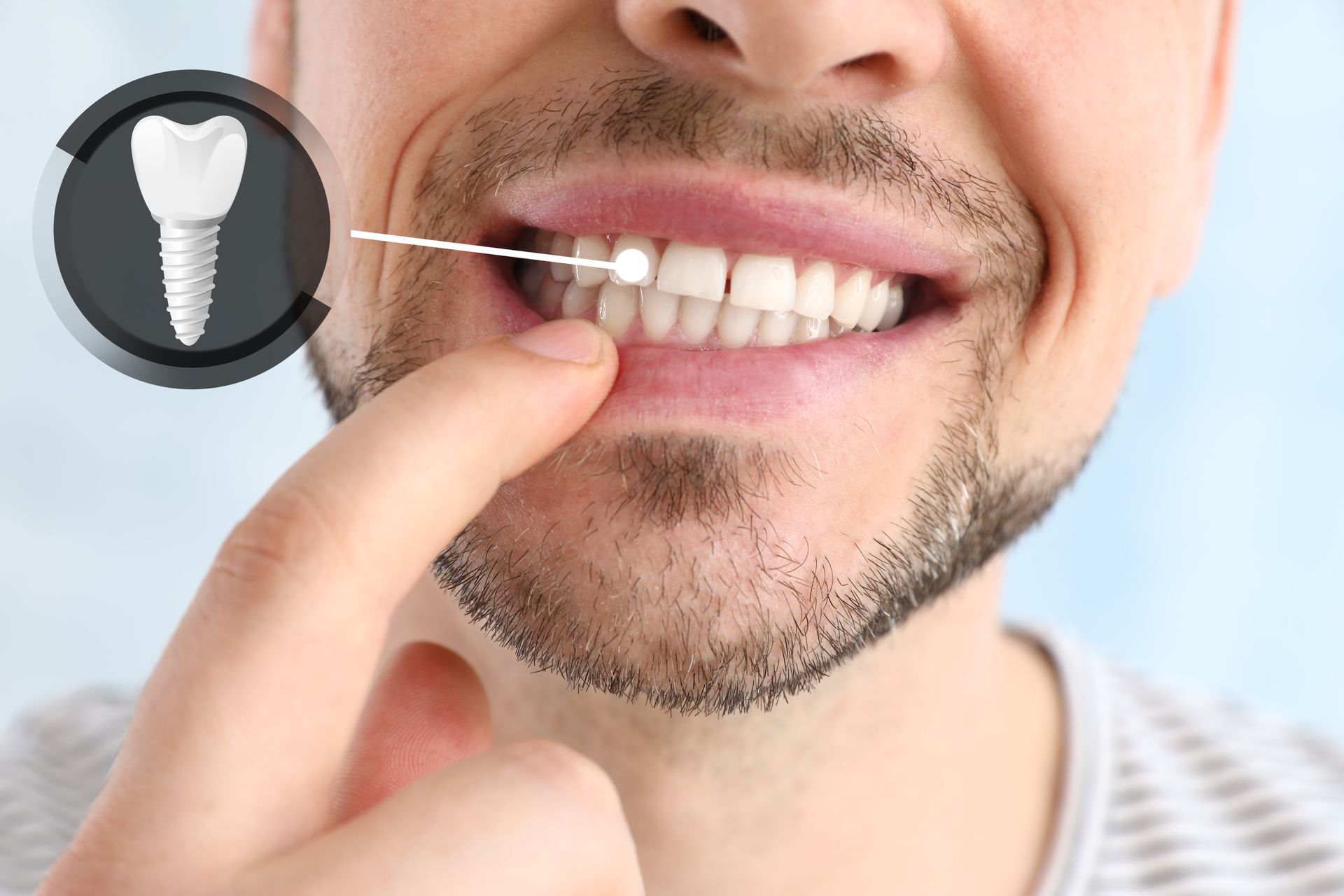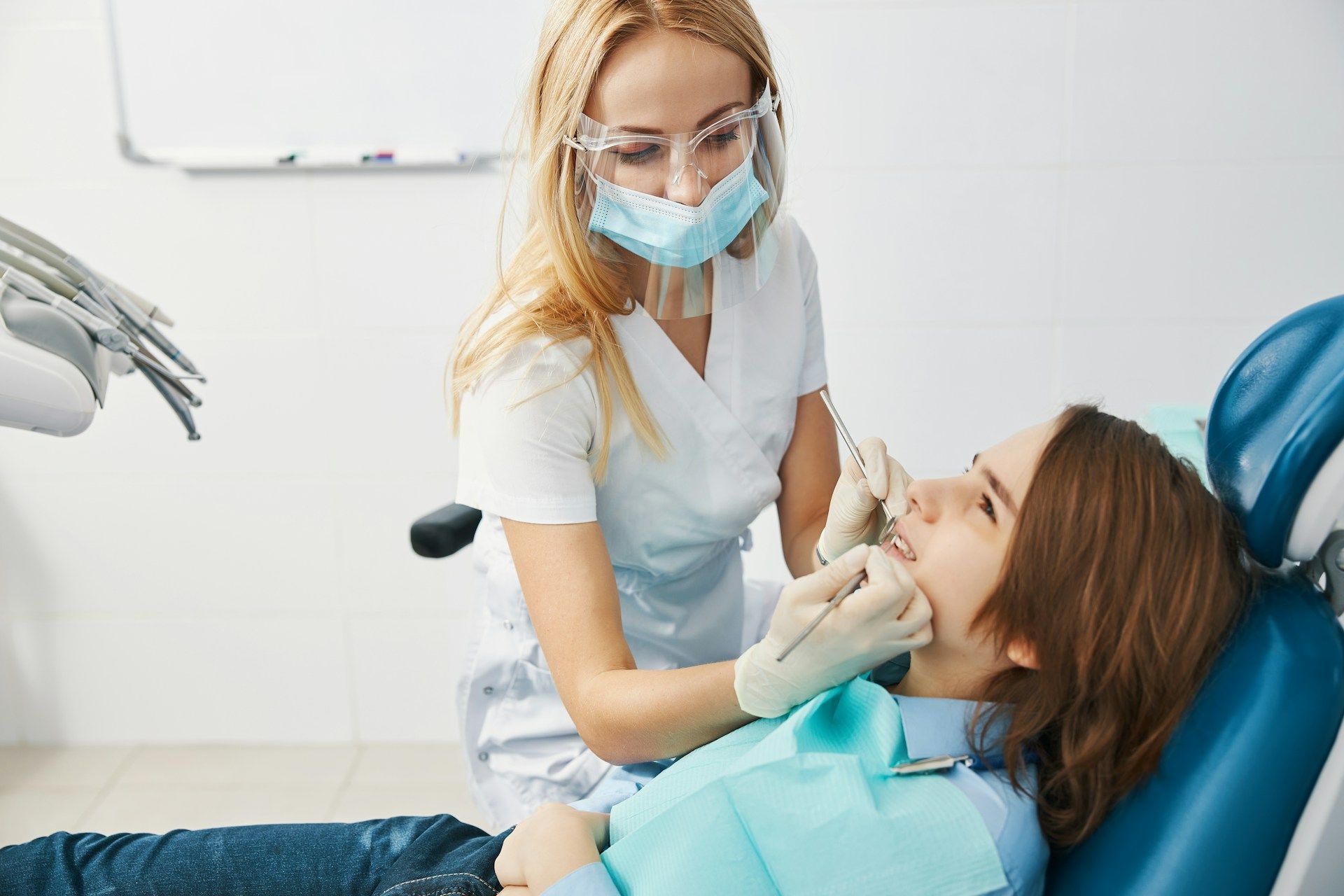When Should My Child Get Their First Dental X-Ray?
As a parent, keeping your child's smile healthy is a top priority. One important tool in dental care is the dental X-ray. These images allow dentists to see beyond the tooth surface and pinpoint any hidden issues, helping prevent problems before they become serious.
This article will explore the benefits of dental X-rays, age guidelines, safety protocols, and how often your child might need them. Understanding these aspects ensures your child gets the best dental care possible. This knowledge helps you make informed decisions, fostering a lifetime of healthy dental habits for your child.
Understanding the Purpose of Dental X-Rays
Dental X-rays are a crucial part of maintaining your child's oral health. They provide a clear picture of what's happening beneath the surface of the gums. While regular dental check-ups focus on visible aspects, X-rays uncover hidden issues that can be missed during a standard exam. These images can reveal cavities between teeth, infections in the bone, developmental abnormalities, and signs of gum disease before they become serious problems.
X-rays help prevent the worsening of dental conditions by detecting potential issues early. Early detection means treatment can start sooner, often leading to simpler and less costly procedures. For example, catching a cavity early might mean a simple filling, preventing the need for more extensive work later.
X-rays also play a vital role in planning treatments. They help dentists create accurate treatment plans by providing detailed information about teeth' positions and roots. This is particularly important when preparing for orthodontic work, such as braces. Additionally, X-rays help track the development of adult teeth, ensuring they grow properly. Through this insight, X-rays ensure your child receives personalized dental care tailored to their specific needs.
Age Guidelines for Child Dental X-Rays
Determining when your child should have their first dental X-ray depends on several factors. Typically, children have their first X-ray between the ages of 3 and 6. This timing often coincides with the eruption of permanent teeth and can vary based on individual oral health needs.
A dentist will consider your child's specific circumstances before recommending an X-ray. Children with a higher risk of dental issues, such as cavities or genetic conditions affecting teeth, might need X-rays earlier. On the other hand, children with low-risk factors might not need X-rays until later.
To assist in deciding when an X-ray is necessary, a dentist might look for the following:
- Signs of tooth decay or cavities
- Problems in tooth alignment or development
- History of dental issues in siblings or parents
- Past occurrences of dental pain or tooth trauma
It's essential to talk with your dentist about your child’s dental history and any concerns you might have. This dialogue helps determine the most suitable timing for their first X-ray. By considering these factors, you can ensure your child receives appropriate care tailored to safeguard their developing teeth and gums.
Safety Measures and What to Expect
Safety is a top priority for dental X-rays for children. Dental offices use modern technology that minimizes radiation exposure, making X-rays safe for kids. Dentists take extra precautions to protect your child's health. One such measure is the use of lead aprons and thyroid collars. These protect vital body areas from unnecessary exposure during the X-ray process.
The X-ray procedure itself is quick and simple. Before the X-ray, the dentist or assistant will position the child comfortably in the dental chair. A small digital sensor or film is placed in the child’s mouth, and the X-ray machine is adjusted appropriately. The entire process takes just a few minutes and is usually painless. Your child must stay still during the X-ray for clear images.
It's normal for kids to feel a bit nervous about having an X-ray. Parents can help by explaining the process age-appropriately, assuring them that it doesn't hurt. Dentists and their staff are trained to handle children's visits carefully, ensuring the experience is as comfortable as possible. If you have concerns about the procedure, discussing them with your dentist can be helpful.
Frequency of X-Rays for Growing Children
The frequency of dental X-rays depends on each child's needs. Generally, children with no history of dental problems may require fewer X-rays than those with ongoing issues like cavities or misaligned teeth. Routine check-ups often include X-rays every six months to a year, but this schedule can vary.
The dentist plays a key role in setting the right X-ray schedule for your child. Factors influencing this schedule can include:
- Age and stage of dental development
- History of tooth decay or orthodontic issues
- Presence of oral diseases or injuries
- Monitoring of growth patterns in jaw and teeth
Regular dental visits allow the dentist to evaluate your child's oral health and determine when X-rays are necessary. Following the dentist's recommendations is crucial, as they balance preventive care with minimizing radiation exposure. By keeping track of your child's development and adjusting the frequency of X-rays as needed, you can ensure they receive the best possible care for their growing smile.
Conclusion
Understanding when and why your child might need a dental X-ray is an important part of their oral health journey. X-rays provide valuable insights essential for detecting hidden dental problems and planning effective treatments. Knowing the age guidelines and safety measures lets you make well-informed decisions about your child's dental care.
The frequency of X-rays varies with each child's unique dental needs and development. Partnering with a trusted dentist ensures your child gets the right amount of preventive attention to maintain optimal oral health. Regular dental check-ups and professional guidance help spot any potential issues before they become significant problems. Taking these steps supports the foundation for a strong, healthy smile that lasts a lifetime.
If you're ready to ensure your child receives the personalized dental care they deserve, consider scheduling a visit with Aria Dental of Annapolis. Our friendly and experienced team is here to provide comprehensive dental care tailored to your child's needs in a warm, welcoming environment. Book an appointment with our
dental office in Annapolis today to help your child take the first step toward lifelong dental wellness.


Website designed and maintained by Energize Group
Aria Dental of Annapolis


